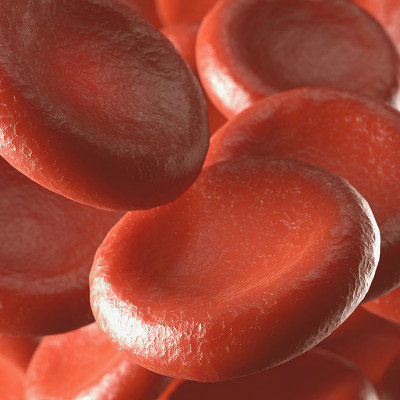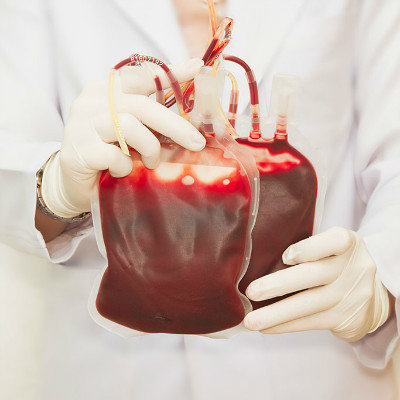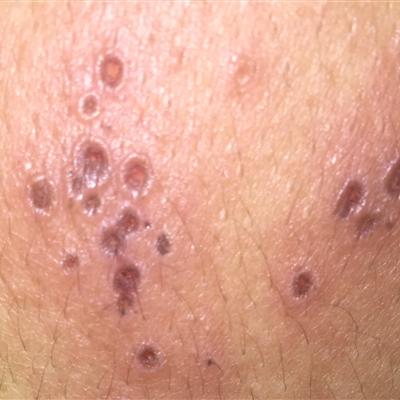What is the cause of spinal vascular disease?
summary
Medullary vascular disease is a kind of neurosurgery or spinal diseases. Which diseases do this kind of diseases refer to? Refers to the side of the spine, including the vertebral body, spinal canal, spinal cord, blood vessels, including congenital and acquired, acquired vascular abnormalities. The most common include arteriovenous malformations, arteriovenous fistulas, cavernous hemangiomas, including vertebral hemangiomas, but also very rare aneurysms, intracranial aneurysms, spinal artery less. What is the cause of spinal vascular disease?
What is the cause of spinal vascular disease?
The most common cause of spinal cord infarction is spinal atherosclerosis. Other causes are: arteritis, aortic dissection aneurysm, embolism, arachnoid adhesion, severe hypotension, syphilis, polycythemia, etc. The causes of spinal cord hemorrhage include trauma, hematologic diseases (such as leukemia), anticoagulant therapy, arteriovenous malformation, etc. Spinal vein infarction often occurs in sepsis, malignant tumor or spinal vascular malformation.

The ratio of male to female is about 9:1. The most common age of onset is 30-70 years old. The occurrence of diseases is often associated with trauma, exercise, pregnancy and menstruation. The most common sites are the dorsal and dorsolateral sides of the thoracic and lumbar segments. It is characterized by sudden onset and recurrent symptoms. Most of the patients had acute pain onset, paraplegia in varying degrees, sensory disturbance with root or conductive distribution and urination disturbance. A few patients had spinal subarachnoid hemorrhage as the first symptom. The periodic aggravation of AVM symptoms is related to pregnancy, and may be related to the increase of venous pressure caused by endocrine changes during pregnancy.

Transient ischemic attack of spinal cord is similar to transient ischemic attack, with sudden onset, short duration, no more than 24 hours, complete recovery and no sequelae. Intermittent claudication and paroxysmal weakness of the distal extremity are the typical clinical manifestations of this disease. After walking for a certain distance, one or both lower limbs are heavy, weak or even paralyzed, which can be relieved after rest or using vasodilator, or only spontaneous paroxysmal weakness of the distal extremity, which can be relieved by itself after repeated attacks, and the symptoms disappear in the intermittent period.

matters needing attention
The prognosis of spinal cord vascular disease depends on many factors, such as age, constitution, degree and range of lesions, and whether there are complications. Most of the patients will leave different degrees of disability, affect the quality of life, individual can also be life-threatening. Spinal cord vascular malformation is a non self limiting disease. Once the disease occurs, the symptoms will gradually worsen until irreversible damage occurs. In general, there is progressive aggravation of lower limbs or urination, defecation and other functions within 2 years, and paraplegia occurs in 2-4 years. If early diagnosis and effective surgical treatment, symptoms can be alleviated or disappeared, can significantly improve the quality of life of patients.














